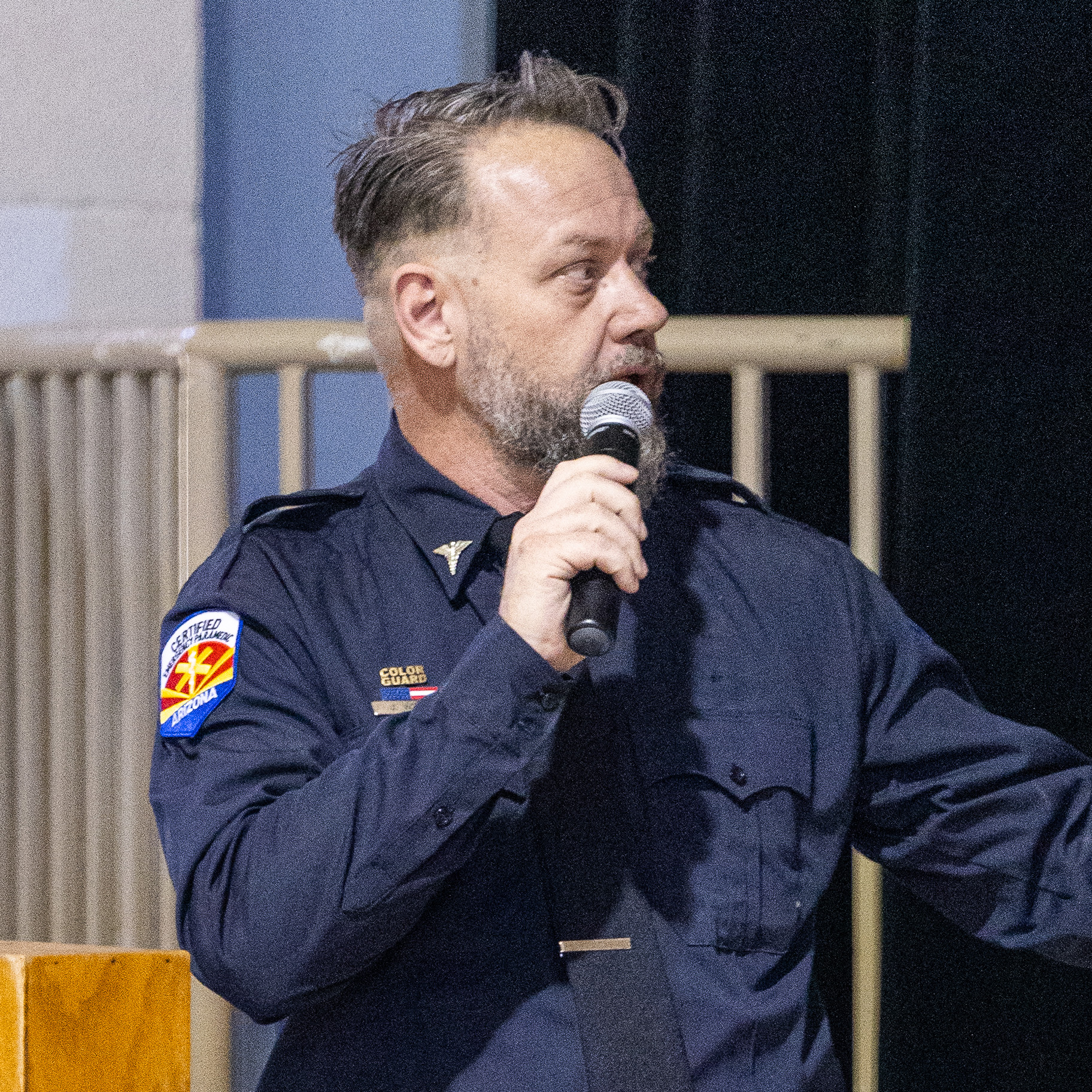During National Safety Month, we are celebrating 50 years of Emergency Medical Services and would like to introduce you to the dedicated team behind the Tohono O’odham Nation Healthcare EMS, formerly known as Sells EMS. This remarkable emergency medical services team operates in southwest Arizona, west of Tucson, and serves a vast area of about 4,000 square miles. They staff three ambulances in Sells and one in San Xavier, the easternmost part of their nation.
The tribal EMS program was established in March 1991 to address a critical need for emergency prehospital services. Before its inception, emergencies were managed by police officers or hospital staff using passenger vans, with little to no medical care provided in the field. Recognizing this gap, the Indian Health Service initiated the EMS pilot program, making it one of the largest and pioneering programs of its kind.
Starting the program was no small feat. Funding and acquiring proper equipment were significant hurdles. Their first ambulance was a surplus military Jeep that could only reach 45 miles per hour. Initially, they only had EMTs and did not introduce Advanced Life Support until 1994. Despite these challenges, the program persevered, and by 1997, they had two paramedics available at any time.
Over the years, the program has evolved remarkably. Positions initially appointed for 12 to 14 months became permanent and services have recently expanded to the San Xavier district. In 2016, the program officially became part of the Tohono O’odham Nation.
Key milestones include the expansion of their EMTs' scope of practice, enhanced radio and dispatch capabilities, and becoming certified training sites for the American Heart Association and the National Association of Emergency Medical Technicians. Their ambulances now feature advanced equipment like power load systems and power cots, ensuring they provide the best possible care.

The community's reception has significantly improved since the program branded its vehicles and uniforms, making them more recognizable. They also engage the community through social media, keeping everyone informed and educated.
The program incorporates tribal traditions by receiving traditional blessings for their stations, workspaces, and ambulances. Tohono O’odham Healthcare has incorporated complementary medicine, like acupuncture, and is looking at ways to incorporate more traditional healers and complementary medicine. They face unique challenges, such as operating with fewer resources compared to urban environments, but remain committed to their mission.
Looking ahead, the tribal EMS program aims to expand services further, with plans for two more service expansions, including one by December 25. Their goal is to provide comprehensive prehospital services to all areas of their nation.
They would like to give some advice to others looking to start a tribal EMS program: It is crucial to assess the community's needs and secure local involvement and support.
The Tohono O’odham Nation Healthcare Emergency Medical Services program is proud of its achievements and remains committed to enhancing services and supporting the community's health and safety.



